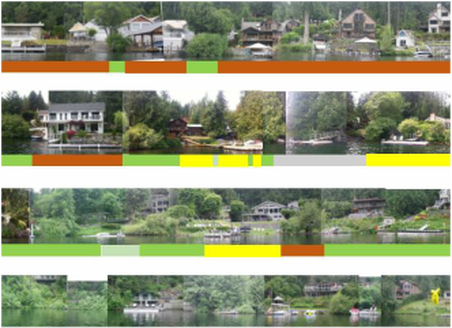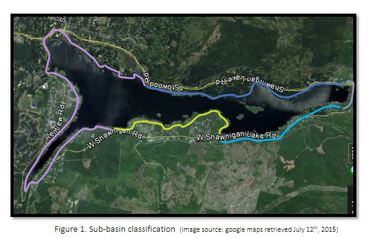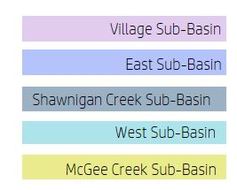Shawnigan Lake Foreshore Inventory 2015
A baseline study to assess the riparian vegetation at the shoreline of Shawnigan Lake
|
Jenny Berg, BSc
|
The objective of this project was to assess the ecological integrity of the riparian zone of Shawnigan Lake and the condition of the immediate foreshore. Over 500 pictures were stitched together and coded to document the current state of the Shawnigan Lake foreshore. The information is presented by sub-basin and highlights five categories of impact. |
In an effort to engage lake stewardship the following information is intended to be a meeting point for citizens to assess what can be done to help protect the water quality in Shawnigan Lake.
PDF Documents of Foreshore Inventory by Sub-Basin
Web Design by VedaWorks and the Shawnigan Basin Society


